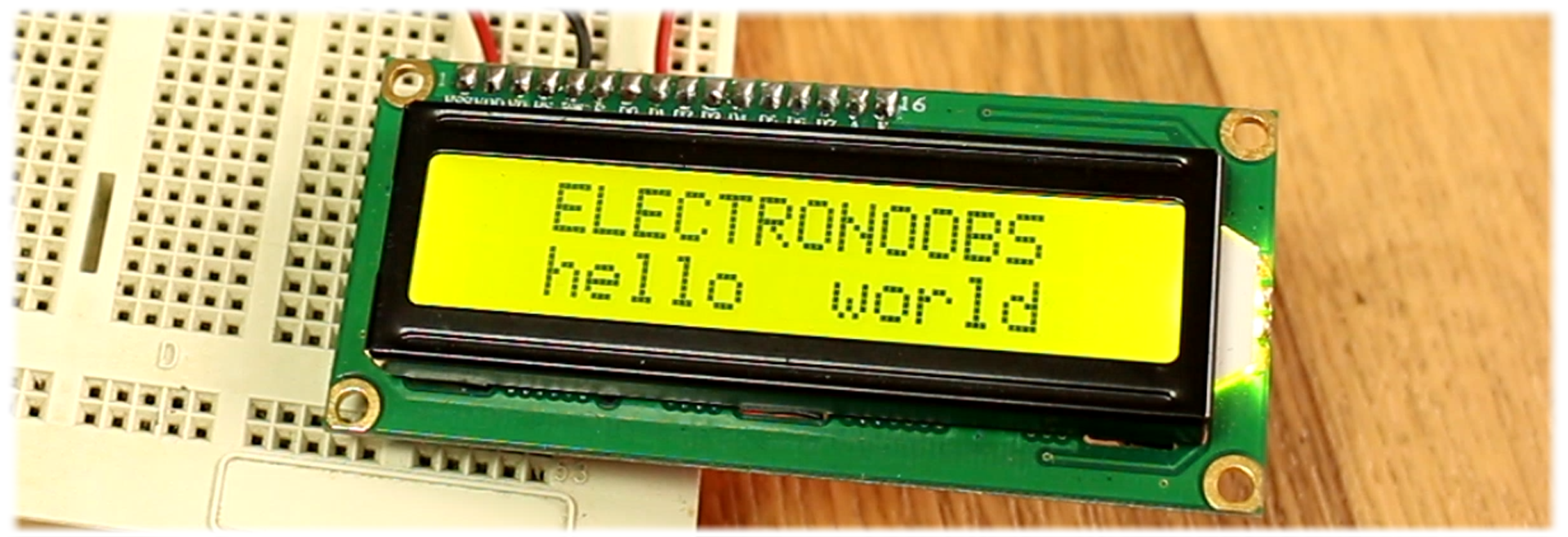

That’s all folks … If you have any question you can ask me on the SurtrTech Facebook page, post a comment here or on the youtube tutorial video. To use this module is straight forward, wire and upload the codes: Using with Serial Monitor Using LCD i²c screen Here to download the code for the LCD screen.Here to download the code for the Serial Monitor.

The codes I’ve used are modified version of some codes I found on a very sketchy chinese website with no author or source: The only library I used is the LCD i²c NewLiquidCrystal: Download here Wiringīoth devices use i²c interface N.B: The module has 6 pins and usually come with its cable (Black is GND), GND VCC RX TX SDA SCL Libraries This is the only datasheet I could find of the module Check it here.

The module has 6 pins (GND-VCC) then (RX-TX) for UART and (SDA-SCL) for i²c, in this tutorial we gonna use the i²c interface to wire it with Arduino also I’ll add a LCD i²c screen to see the measure in (mm) you can convert it if you want just simple calculations. The advantage of the LASER ones is that they are very small like the one we’re using, and can be used for high frequency applications such as camera AF… Scale in (cm) ToF 10120īut today we are about a LASER one, they all have the same principle (Send signal (Ultrasound-Laser wave-Infrared), and wait for it to return back) the duration between sending and receiving is called the Time of Flight: Speed is known before, Duration is calculated and divided by 2 -> We can find the distance. Hey everyone, and welcome to this tutorial, it’s about the ToF 10120 (Time-of-Flight) LASER Range sensor, the ToF sensors have become very popular due to their reliability and easy use, the most known ones are the Ultrasounds like HC-SR04 (there are a lot of variations), JSN SR-04…, you can find Infrareds too.


 0 kommentar(er)
0 kommentar(er)
